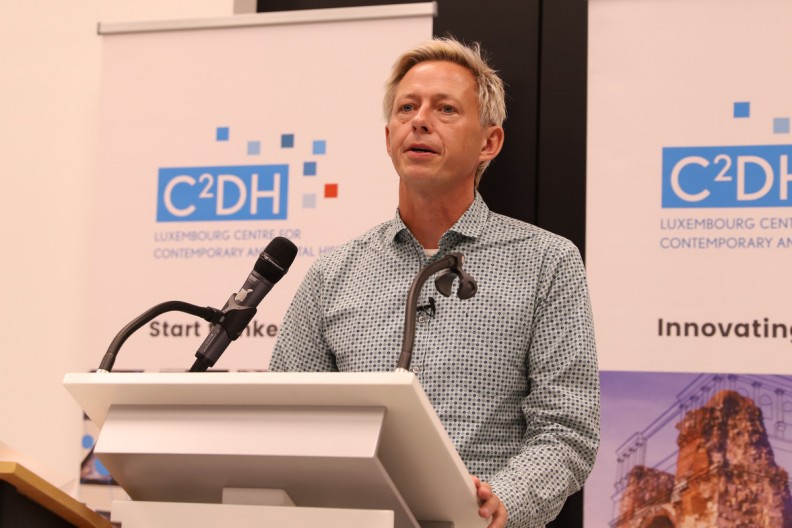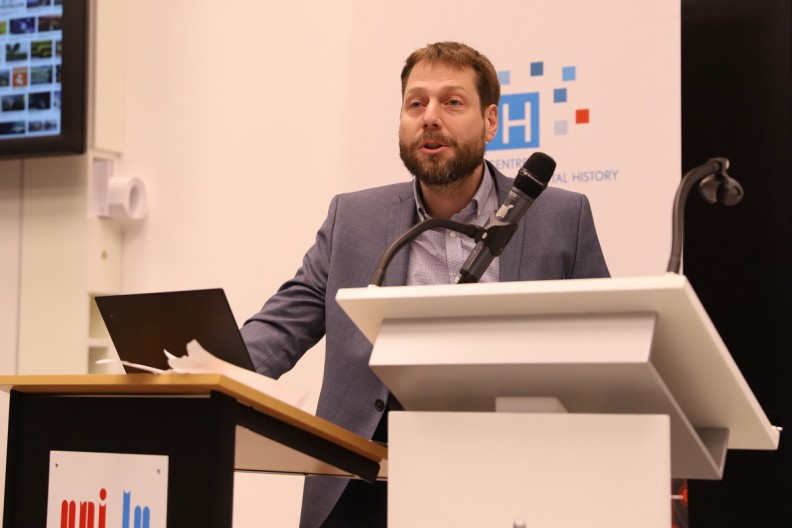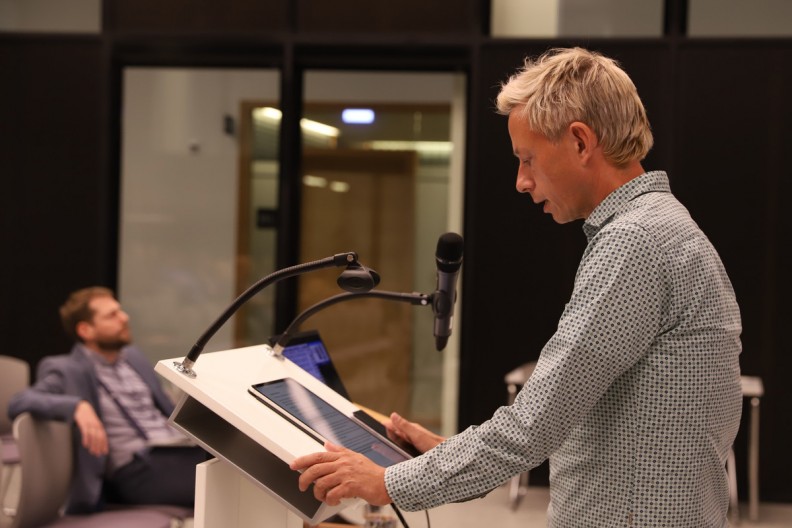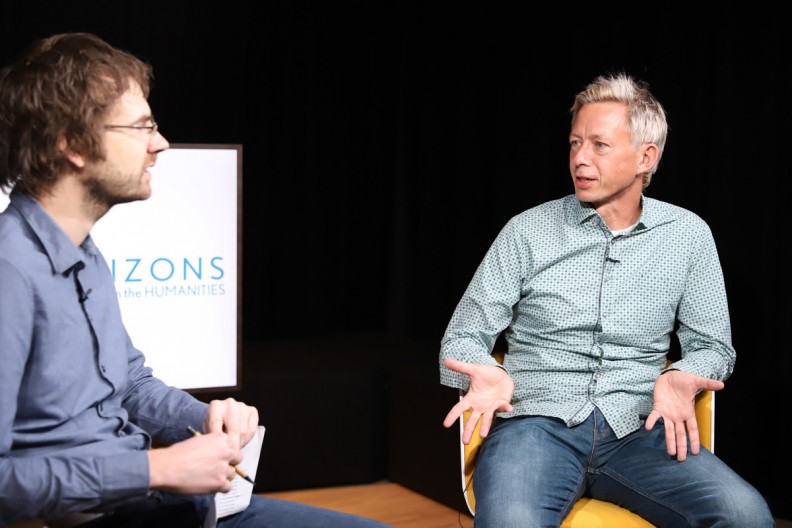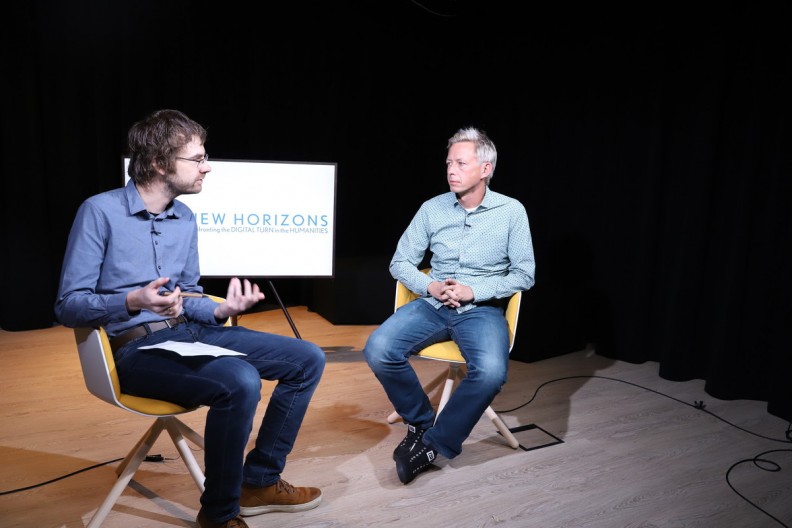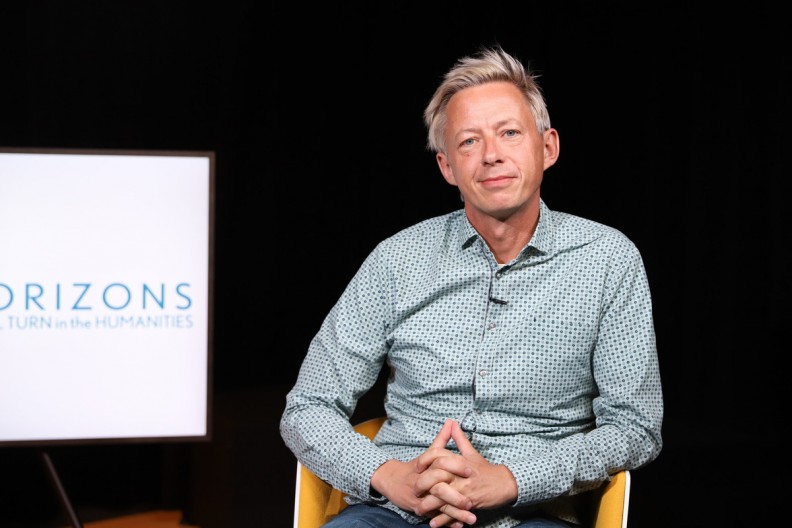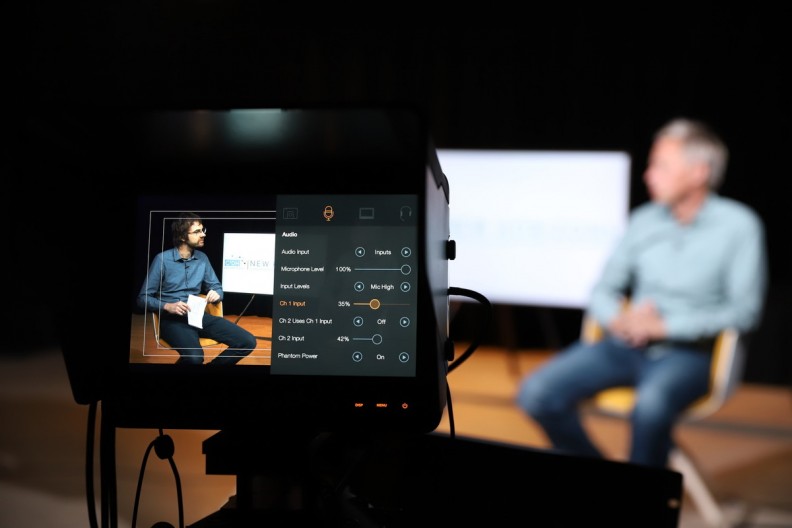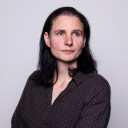Since the mid-1990s we have seen the emergence of ‘research infrastructure’ as a framework, which is now an important factor in allocating resources, controlling academic work and imagining futures. These futures are often technocentric, ‘heavy’, standardized and driven by data. They are also about transformation and breakthroughs. In a recent Australian infrastructure roadmap, research infrastructure is described as the “leaps that remake the world”.
In this talk, Patrik Svensson traces the emergence of research infrastructure and considers its properties and mechanics. He is particularly interested in how the humanities – partly through the digital humanities – have negotiated the infrastructure turn, and how research infrastructure in the humanities, as outlined in policy documents and reports, often becomes a refuge from practices and perspectives that would seem central to humanistic work. He argues that infrastructure is not a fixed concept and that we need to make sure that infrastructure, inside and outside the academy, is based on humanistic and human values.
Svensson’s work is practice based and he uses concrete examples (e.g. labs, technology, institutions, events and policy work).
Recording of the conference:
Interview
In his interview, led by Max Kemman, PhD candidate at C²DH, Patrik Svensson looks back at his experience with the HUMlab at Umeå University which he directed from its creation to 2014 and which he conceived as a meeting place for the humanities, culture and information technology. He then reflects about the concept of digital humanities not as a discipline itself but as a contact zone between disciplines and explains the different approaches of the digital humanities in North America and in Europe, especially regarding research and teaching. He then talks about his own ongoing work about research infrastructures and the future of infrastructures in the humanities.
Biography
Patrik Svensson (http://patriksv.com) is Visiting Professor of Digital Humanities at UCLA (2016-2019), Professor of Humanities and Information Technology at Umeå University, and former Director of HUMlab at Umeå University (2000-2014). Starting 2019 he is also Visiting Professor of Digital Humanities at KTH Royal Institute of Technology, Stockholm.
Publications include “Contemporary and Future Spaces for Media Studies and Digital Humanities” (in The Routledge Companion to Media Studies and Digital Humanities, 2018), Big Digital Humanities. Imagining a Meeting Place for the Humanities and the Digital (University of Michigan Press. 2016), “The Why and How of Middleware” (with Johanna Drucker. Digital Humanities Quarterly, 2016) and “‘One Damn Slide After Another’: PowerPoint at every Occasion for Speech” (with Erica Robles-Anderson, Computational Culture, 2016).



